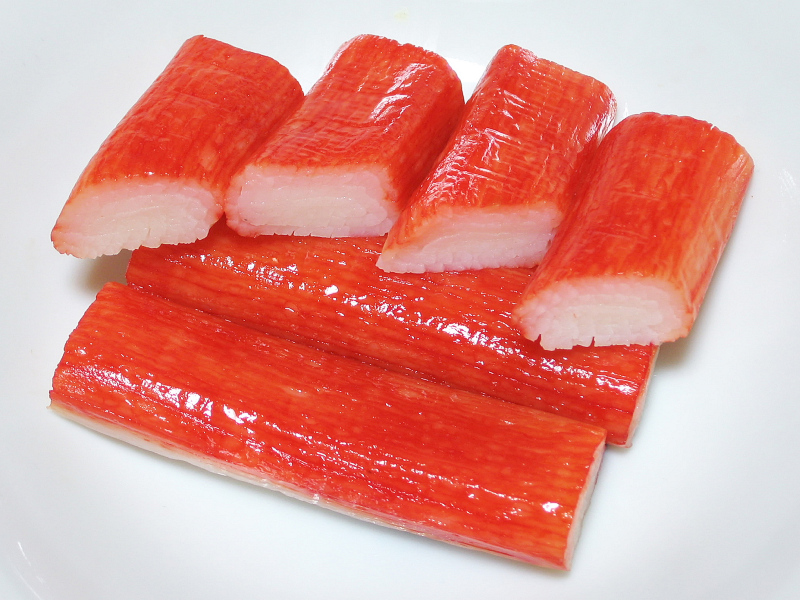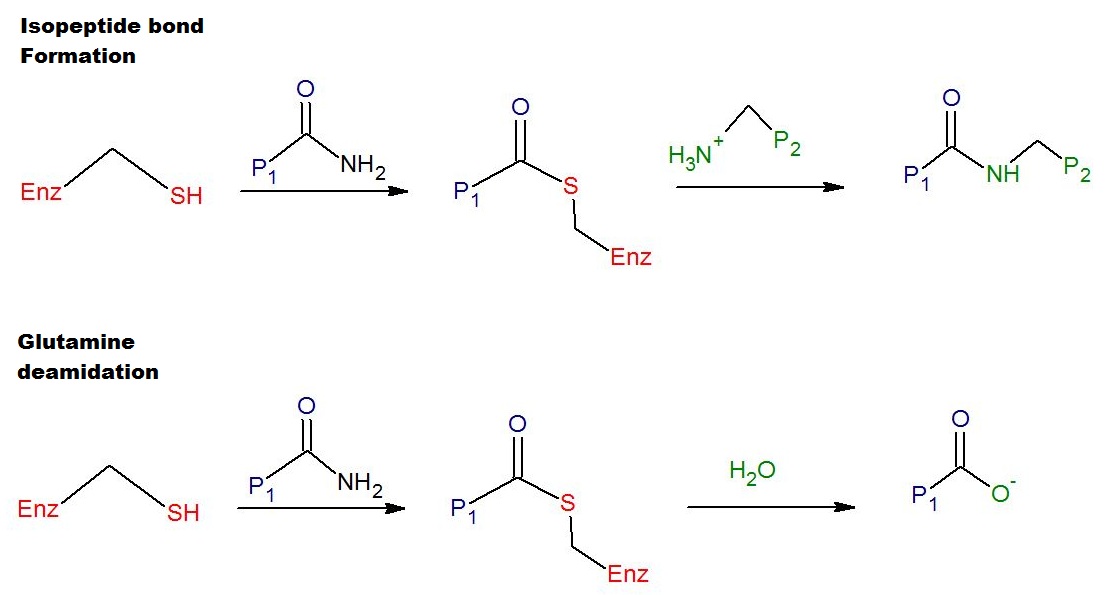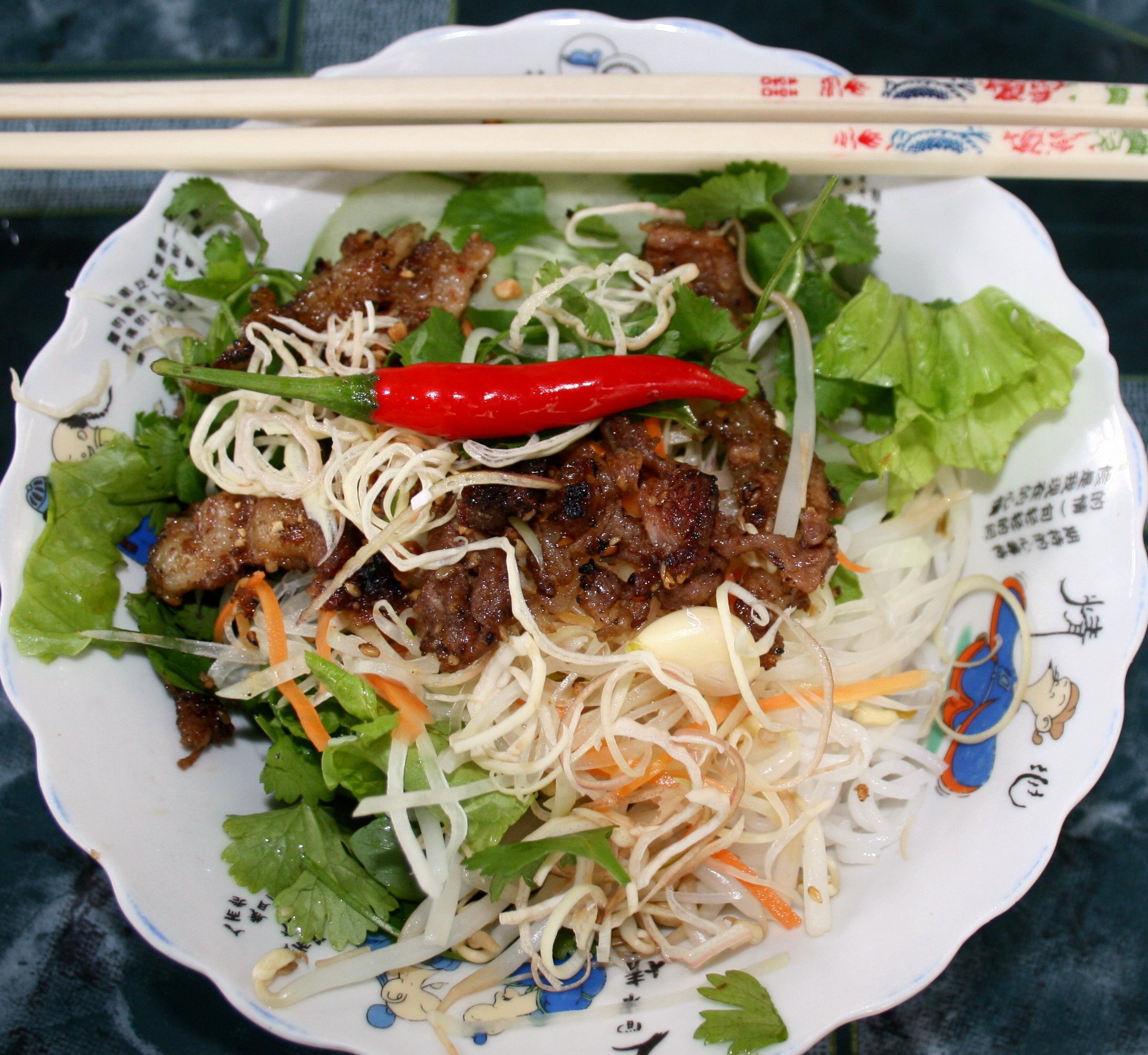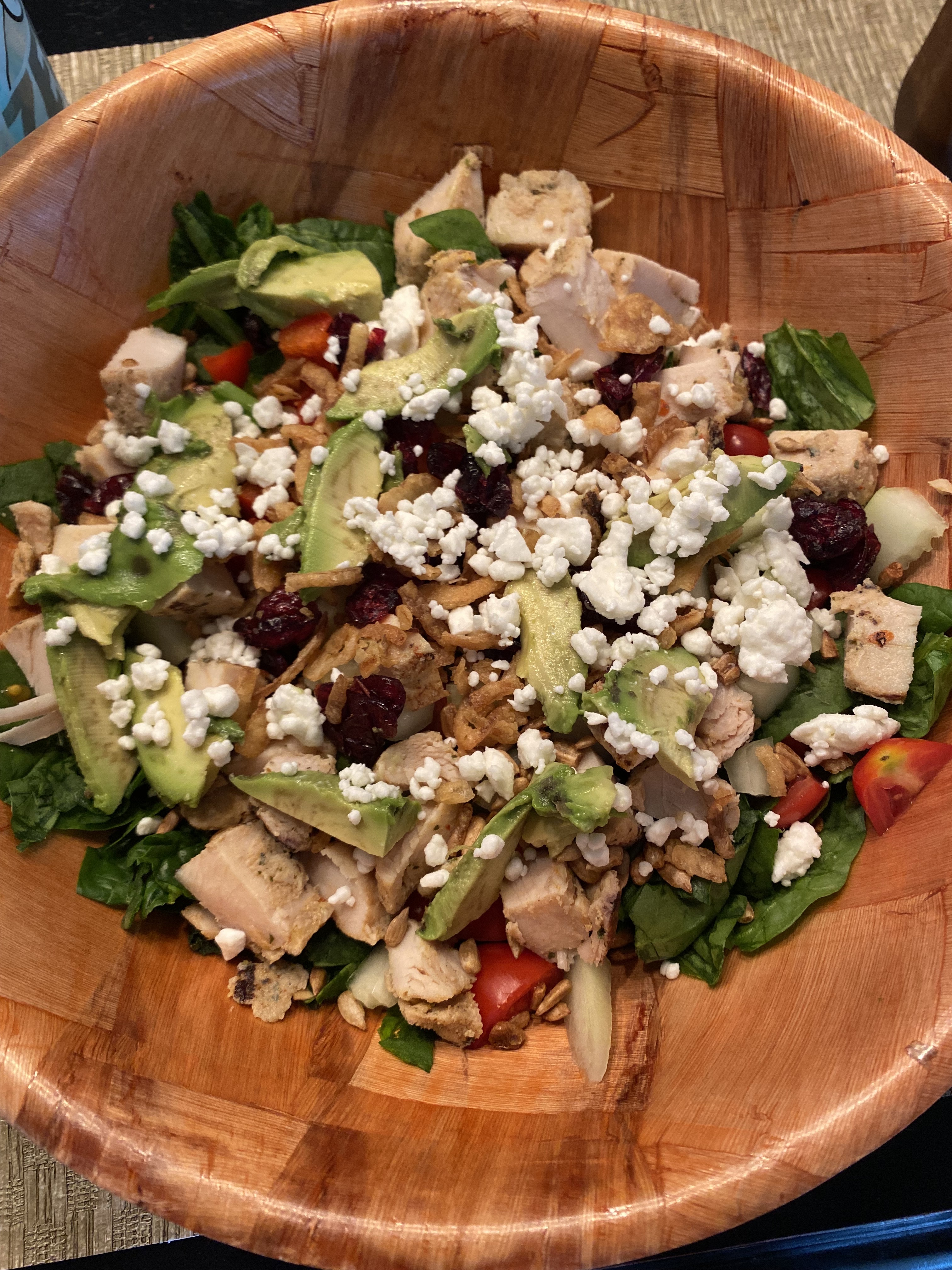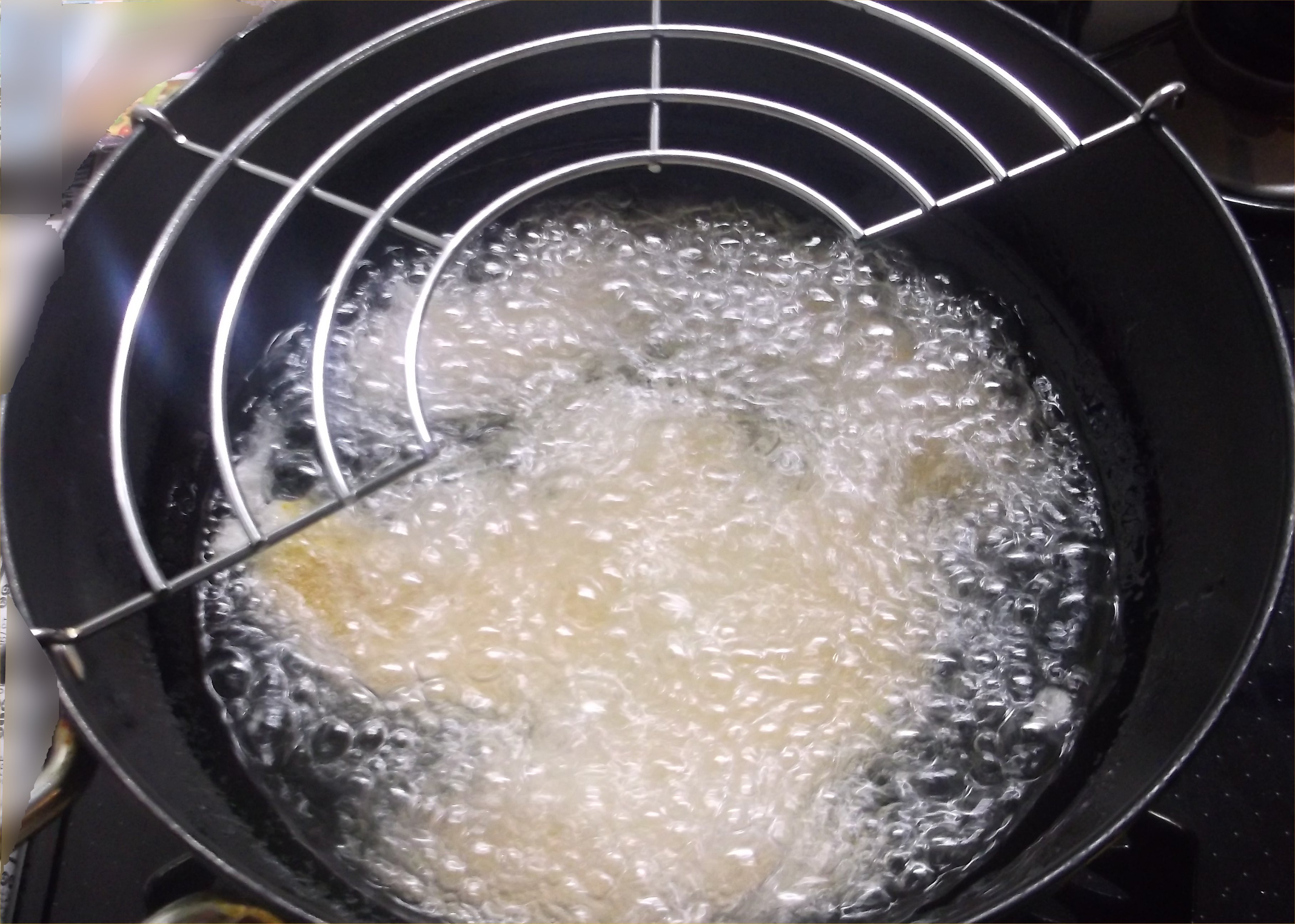|
Crab Stick
Crab sticks, krab sticks, snow legs, imitation crab meat, or seafood sticks are a Japanese seafood product made of ''surimi'' (pulverized white fish) and starch, then shaped and cured to resemble the leg meat of snow crab or Japanese spider crab. It is a product that uses fish meat to imitate shellfish meat. In Japanese, it is called , a portmanteau of ''kani'' ("crab") and ''kamaboko'' ("fish cake"). History The Japanese company first produced and patented imitation crab flesh in 1974, as ''kanikama''. This was a flake type. In 1975, the company Osaki Suisan first produced and patented imitation crab sticks. In 1977, The Berelson Company of San Francisco, California, US, working with Sugiyo, introduced them internationally. Kanikama is still their common name in Japan, but internationally they are marketed under names including Krab Sticks, Ocean Sticks, Sea Legs and Imitation Crab Sticks. Legal restrictions now prevent them from being marketed as "Crab Sticks" in man ... [...More Info...] [...Related Items...] OR: [Wikipedia] [Google] [Baidu] |
Surimi
is a paste made from Fish as food, fish or other meat. It can also be any of a number of East Asian cuisine, East Asian foods that use that paste as their primary ingredient. It is available in many shapes, forms, and textures, and is often used to mimic the texture and color of the meat of Lobster meat, lobster, Crab meat, crab, grilled Japanese eel, or shellfish. History Fish pastes have been a popular food in East Asia. In China, the food is used to make fish balls (魚蛋/魚丸) and ingredients in a thick soup known as ''Geng (dish), geng'' (羹), common in Fujian cuisine. In Japan, the earliest surimi production was in 1115 for making ''kamaboko''. Alaska pollock, native to the seas around Japan, played an important role in the development of processed surimi due to its high protein biomass. Satsumaage, chikuwa, and hanpen were other major surimi foods prior to 1960. After World War II, machines were used to process surimi, but it was always sold fresh, since freezing ... [...More Info...] [...Related Items...] OR: [Wikipedia] [Google] [Baidu] |
Transglutaminase
Transglutaminases are enzymes that in nature primarily catalyze the formation of an isopeptide bond between γ- carboxamide groups ( -(C=O)NH2 ) of glutamine residue side chains and the ε- amino groups ( -NH2 ) of lysine residue side chains with subsequent release of ammonia ( NH3 ). Lysine and glutamine residues must be bound to a peptide or a protein so that this cross-linking (between separate molecules) or intramolecular (within the same molecule) reaction can happen. Bonds formed by transglutaminase exhibit high resistance to proteolytic degradation (proteolysis). The reaction is : Gln-(C=O)NH2 + NH2-Lys → Gln-(C=O)NH-Lys + NH3 Transglutaminases can also join a primary amine ( RNH2 ) to the side chain carboxyamide group of a protein/peptide bound glutamine residue thus forming an isopeptide bond :Gln-(C=O)NH2 + RNH2 → Gln-(C=O)NHR + NH3 These enzymes can also deamidate glutamine residues to glutamic acid residues in the presence of wate ... [...More Info...] [...Related Items...] OR: [Wikipedia] [Google] [Baidu] |
Japanese Cuisine
Japanese cuisine encompasses the regional and traditional foods of Japan, which have developed through centuries of political, economic, and social changes. The traditional cuisine of Japan (Japanese language, Japanese: ) is based on rice with miso soup and other dishes with an emphasis on seasonal ingredients. Side dishes often consist of fish, Tsukemono, pickled vegetables, tamagoyaki, and vegetables cooked in broth. Common seafood is often grilled, but it is also sometimes served raw as sashimi or as sushi. Seafood and vegetables are also deep-fried in a light batter, as '. Apart from rice, a staple includes noodles, such as soba and udon. Japan also has many simmered dishes, such as fish products in broth called , or beef in and . Historically influenced by Chinese cuisine, Japanese cuisine has also opened up to influence from European cuisine, Western cuisines in the modern era. Dishes inspired by foreign food—in particular Chinese food—like ramen and , as well as foods ... [...More Info...] [...Related Items...] OR: [Wikipedia] [Google] [Baidu] |
Surimi
is a paste made from Fish as food, fish or other meat. It can also be any of a number of East Asian cuisine, East Asian foods that use that paste as their primary ingredient. It is available in many shapes, forms, and textures, and is often used to mimic the texture and color of the meat of Lobster meat, lobster, Crab meat, crab, grilled Japanese eel, or shellfish. History Fish pastes have been a popular food in East Asia. In China, the food is used to make fish balls (魚蛋/魚丸) and ingredients in a thick soup known as ''Geng (dish), geng'' (羹), common in Fujian cuisine. In Japan, the earliest surimi production was in 1115 for making ''kamaboko''. Alaska pollock, native to the seas around Japan, played an important role in the development of processed surimi due to its high protein biomass. Satsumaage, chikuwa, and hanpen were other major surimi foods prior to 1960. After World War II, machines were used to process surimi, but it was always sold fresh, since freezing ... [...More Info...] [...Related Items...] OR: [Wikipedia] [Google] [Baidu] |
Kamaboko
is a type of Curing (chemistry), cured , a processed seafood product common in Japanese cuisine. It was initially made in the year 1115. Production and uses is made by forming various Purée, pureed deboned whitefish (fisheries term), white fish with either natural or man-made additives and flavorings into distinctive loaves, which are then steamed until fully cooked and firm. These are sliced and either served unheated (or chilled) with various dipping sauces, or added to various hot soups, rice, or noodle dishes. is often sold in semicylindrical loaves, some featuring artistic patterns, such as the pink spiral on each slice of , named after Naruto whirlpools, the well-known tidal whirlpool near the Japanese city of Naruto, Tokushima, Naruto. There is no precise English translation for . Rough equivalents are ''fish paste'', ''fish loaf'', ''fish cake'', and ''fish sausage''. , chef and author, recommends using the Japanese name in English, similar to English usage of t ... [...More Info...] [...Related Items...] OR: [Wikipedia] [Google] [Baidu] |
Fish Ball
Fish balls are balls made from fish paste which are then boiled or deep-fried. Similar in composition to fishcake, fish balls are often made from fish mince or surimi, salt, and a culinary binder such as tapioca flour, corn, or potato starch. Fish balls are popular in East and Southeast Asia, Europe (especially Northern Europe), and some coastal countries of West Africa. In Asia they are eaten as a snack or added to soups or hotpot dishes. They are usually attributed to Chinese cuisine and the fish ball industry is largely operated by people of Chinese descent. European versions tend to be less processed, sometimes using milk or potatoes for binding. Nordic countries like Norway, Denmark and Sweden each have their own variation. Production There are two variants of fish balls, differing in textures, production method, and primary regions of production. Asia While the ingredients and methods are similar between countries, differences can be noted in terms of elasticit ... [...More Info...] [...Related Items...] OR: [Wikipedia] [Google] [Baidu] |
Rice Paper
Rice paper is a product constructed of paper-like materials made from different plants. These include: *''Thin peeled dried pith of Tetrapanax papyrifer'': A sheet-like "paper" material was used extensively in late 19th century Guangdong, China as a common support medium for gouache paintings sold to Western clients of the era. The term was first defined in the Chinese–English Dictionary of Robert Morrison who referred to the use of the Chinese medicinal plant as material for painting, as well as for making artificial flowers and shoe soles. *'' Xuan paper made from paper mulberry'': The traditional paper which originated in ancient China and it has been used for centuries in China, Japan, Korea, and Vietnam for writing, artwork, and architecture. *''Various pulp-based papers'': May be made from the rice straw or other plants, such as hemp and bamboo. *''Dried starch sheets of various thickness or texture'': These edible paper sheets have some properties of pulp paper and ... [...More Info...] [...Related Items...] OR: [Wikipedia] [Google] [Baidu] |
Potato Salad
Potato salad is a salad dish made from boiled potatoes, usually containing a dressing and a variety of other ingredients such as boiled eggs and raw vegetables. It is usually served as a side dish. History and varieties Potato salad is found in several countries in Europe. The German Kartoffelsalat is one of the most famous that spread largely throughout Europe, North America, and later Asia., American potato salad most likely originated from recipes brought to the U.S. by way of German and other European immigrants during the nineteenth century. Potato salad is generally served cold or at room temperature. Ingredients often include mayonnaise or a comparable substitute (such as yogurt or sour cream), herbs, and raw vegetables (such as onion and celery, dill). South German-style potato salad is served warm or at room temperature and is made with a vinaigrette (rather than a creamy mayonnaise-based dressing), and typically includes bacon. North German potato salad is se ... [...More Info...] [...Related Items...] OR: [Wikipedia] [Google] [Baidu] |
Noodles
Noodles are a type of food made from unleavened dough which is either rolled flat and cut, stretched, or extruded, into long strips or strings. Noodles are a staple food in many cultures and made into a variety of shapes. The most common noodles are those derived from either Chinese cuisine or Italian cuisine. Chinese noodles are known by a variety of different names, while Italian noodles are known as pasta. While long, thin strips may be the most common, many varieties of noodles are cut into waves, helices, tubes, strings, or shells, or folded over, or cut into other shapes. Noodles are usually cooked in boiling water, sometimes with cooking oil or salt added. They can also be steamed, pan-fried, deep-fried, or baked. Noodles are often served with an accompanying sauce or in a soup, the latter being known as noodle soup. Noodles can be refrigerated for short-term storage or dried and stored for future use. Etymology The word for noodles in English was borrowed in the 1 ... [...More Info...] [...Related Items...] OR: [Wikipedia] [Google] [Baidu] |
Salad
A salad is a dish consisting of mixed ingredients, frequently vegetables. They are typically served chilled or at room temperature, though some can be served warm. Condiments called '' salad dressings'', which exist in a variety of flavors, are usually used to make a salad. Garden salads have a base of raw leafy greens (sometimes young "baby" greens) such as lettuce, arugula (rocket), kale or spinach; they are common enough that the word ''salad'' alone often refers specifically to garden salads. Other types of salad include bean salad, tuna salad, bread salads (such as fattoush, panzanella), vegetable salads without leafy greens (such as Greek salad, potato salad, coleslaw), rice-, pasta- and noodle-based salads, fruit salads and dessert salads. Salads may be served at any point during a meal: * Appetizer salads – light, smaller-portion salads served as the first course of the meal * Side salads – to accompany the main course as a side dish; examples inclu ... [...More Info...] [...Related Items...] OR: [Wikipedia] [Google] [Baidu] |
Tempura
is a typical Japanese dish that usually consists of seafood and vegetables that have been coated in a thin batter and deep-fried. Tempura originated in the 16th century, when Portuguese Jesuits brought the Western-style cooking method of coating foods with flour and frying, via Nanban trade. Preparation Batter A light batter is made of iced water, eggs, and soft wheat flour (cake, pastry or all-purpose flour). Sometimes baking soda or baking powder is added to make the batter light. Using sparkling water in place of plain water has a similar effect. Tempura batter is traditionally mixed in small batches using chopsticks for only a few seconds, leaving lumps in the mixture that, along with the cold batter temperature, result in a unique fluffy and crisp tempura structure when cooked. The batter is often kept cold by adding ice or placing the bowl inside a larger bowl with ice. Overmixing the batter will activate wheat gluten, which causes the flour mixture to beco ... [...More Info...] [...Related Items...] OR: [Wikipedia] [Google] [Baidu] |
Salads
A salad is a Dish (food), dish consisting of mixed ingredients, frequently vegetables. They are typically served chilled or at room temperature, though some can be served warm. Condiments called ''salad dressings'', which exist in a variety of flavors, are usually used to make a salad. Garden salads have a base of raw leafy greens (sometimes young "baby" greens) such as lettuce, arugula (rocket), kale or spinach; they are common enough that the word ''salad'' alone often refers specifically to garden salads. Other types of salad include bean salad, tuna salad, bread salads (such as fattoush, panzanella), vegetable salads without leafy greens (such as Greek salad, potato salad, coleslaw), rice-, pasta salad, pasta- and noodle-based salads, fruit salads and dessert salads. Salads may be served at any point during a meal: *Appetizer salads – light, smaller-portion salads served as the first course of the meal *Side dish, Side salads – to accompany the main course as a side d ... [...More Info...] [...Related Items...] OR: [Wikipedia] [Google] [Baidu] |
